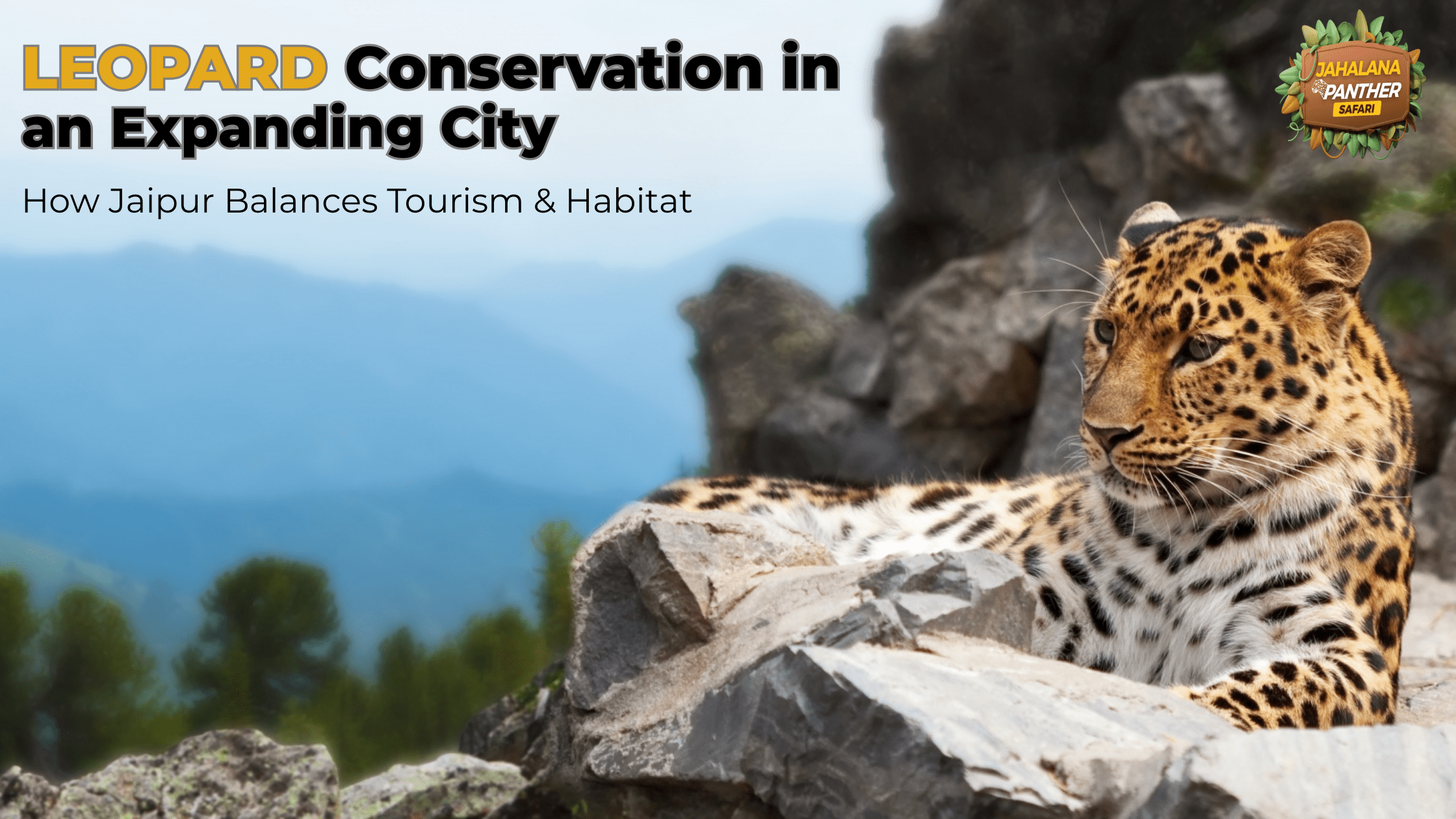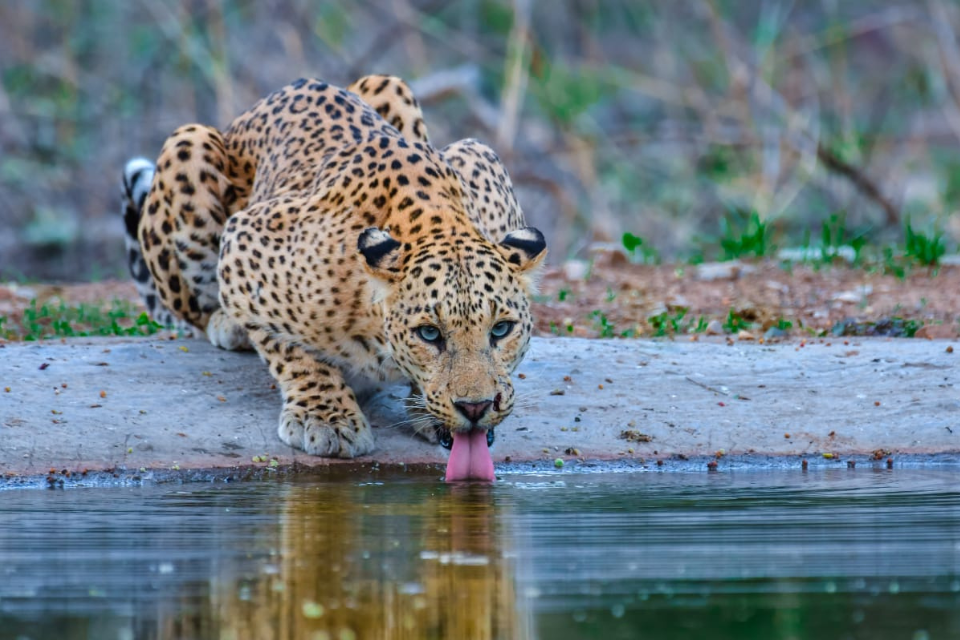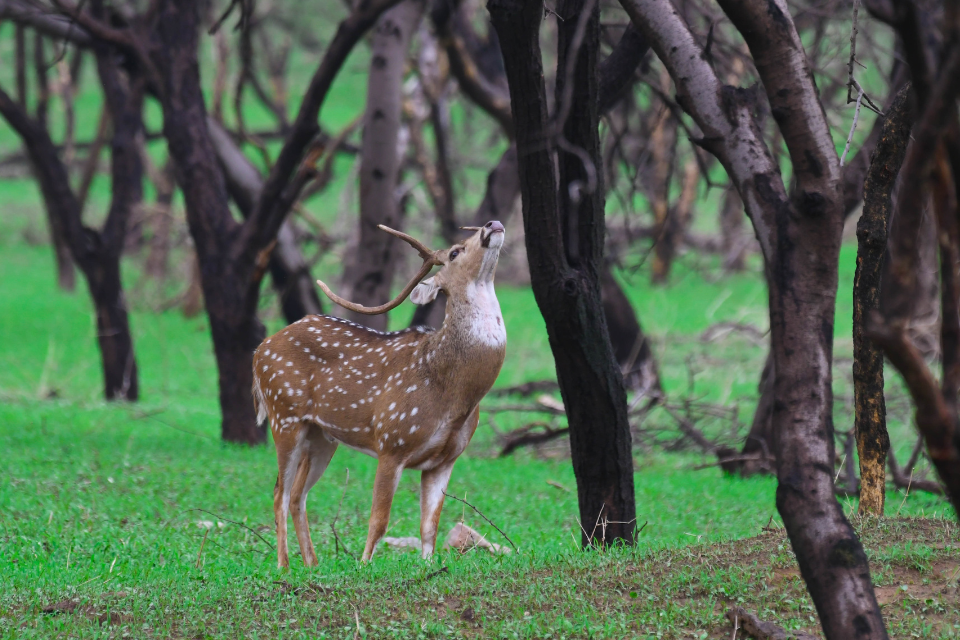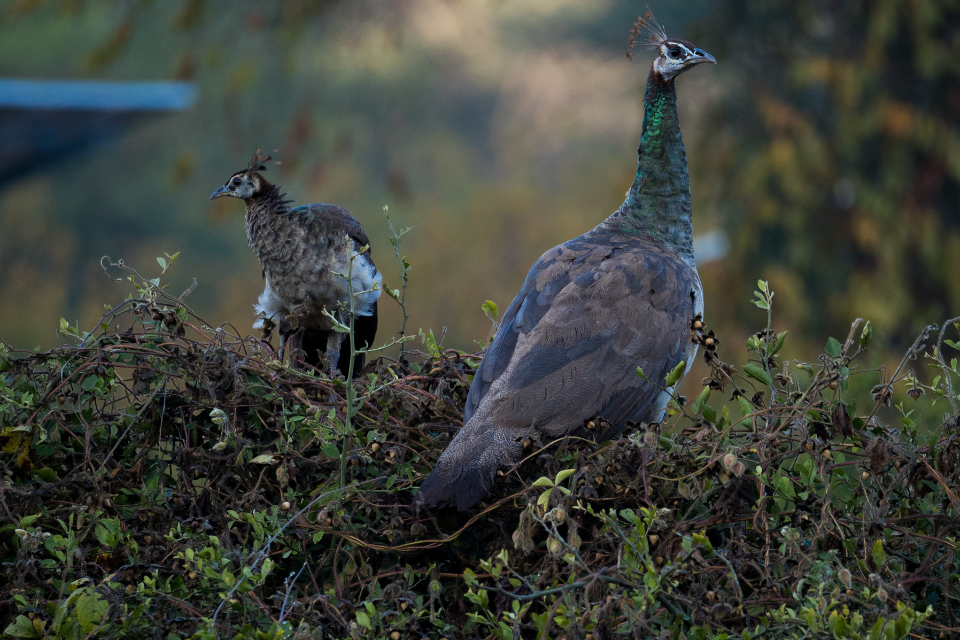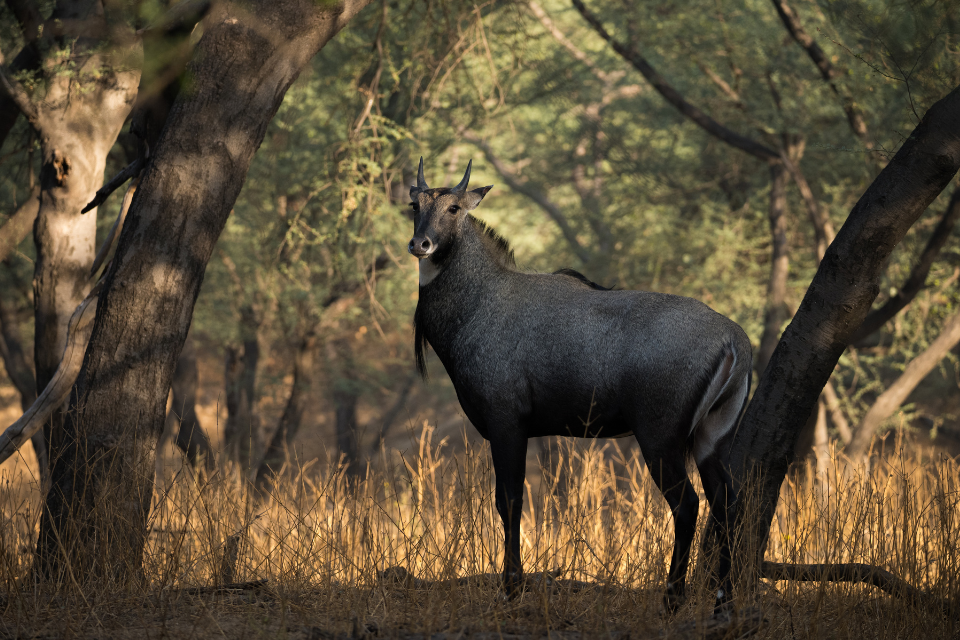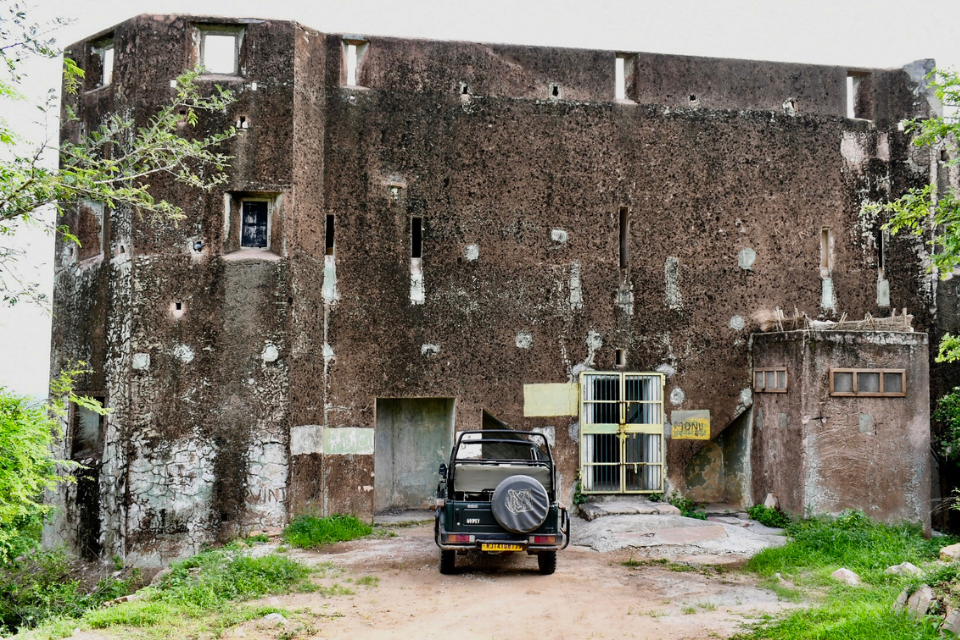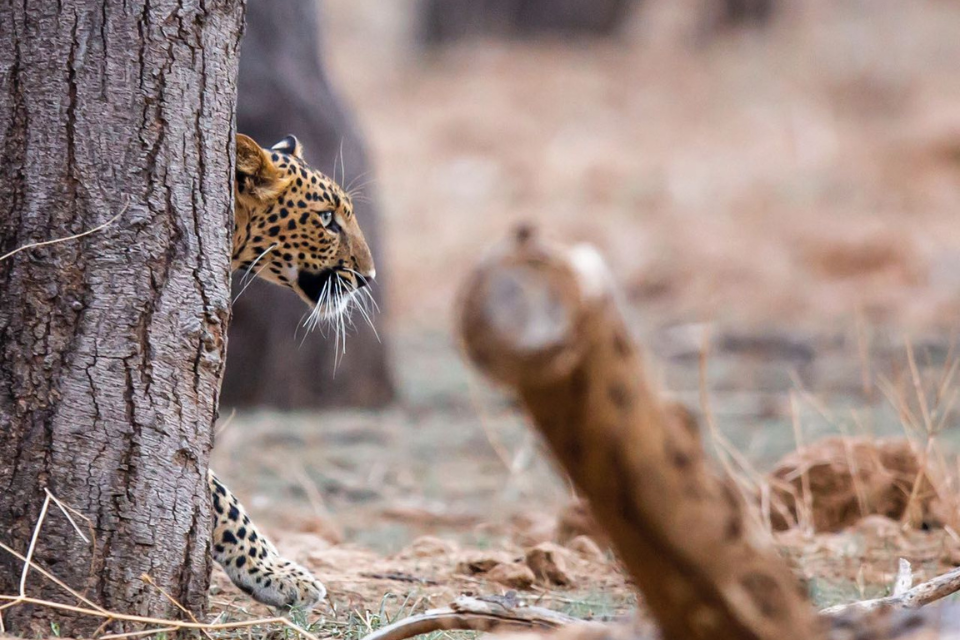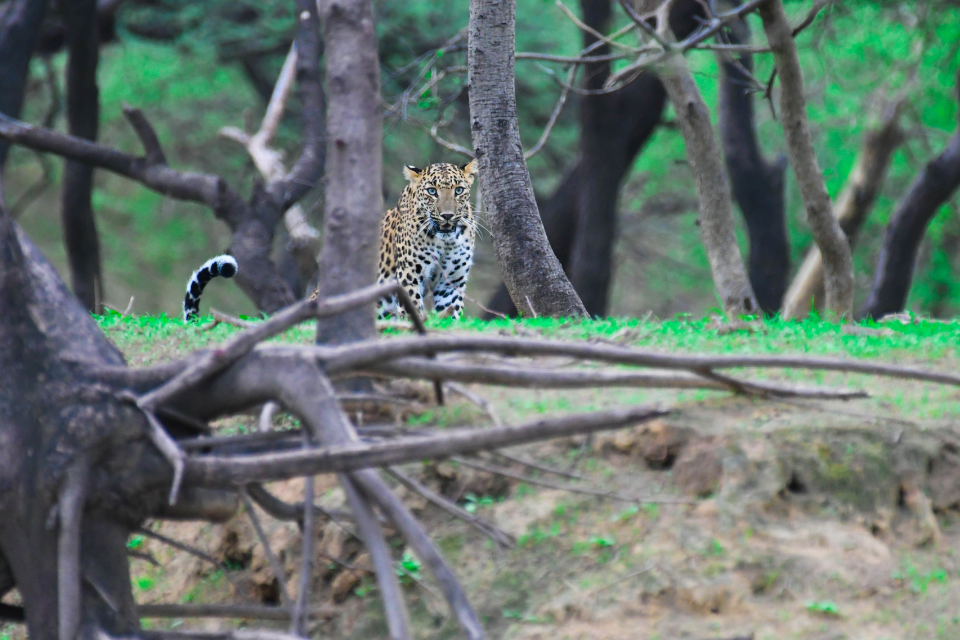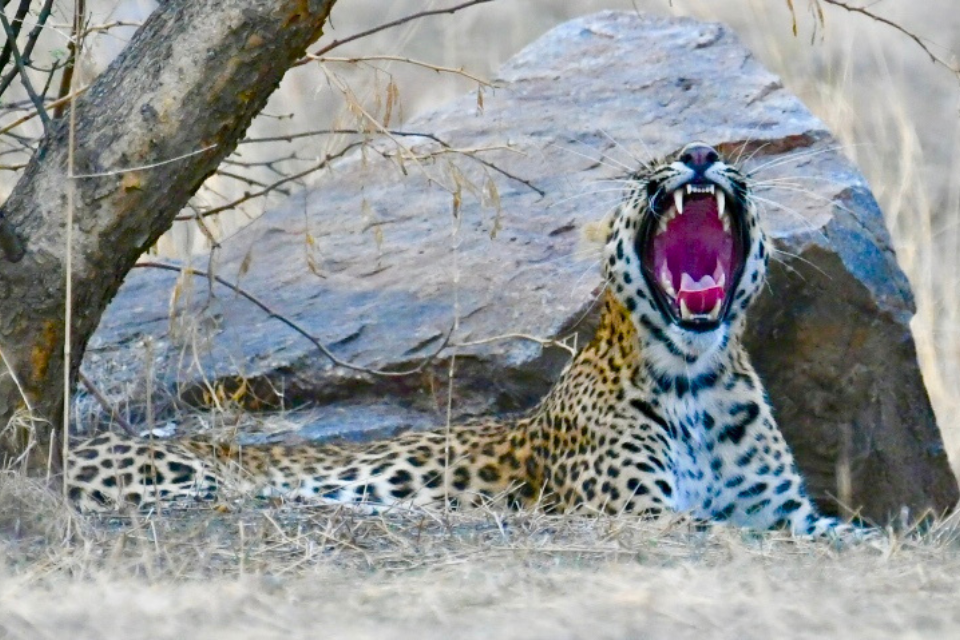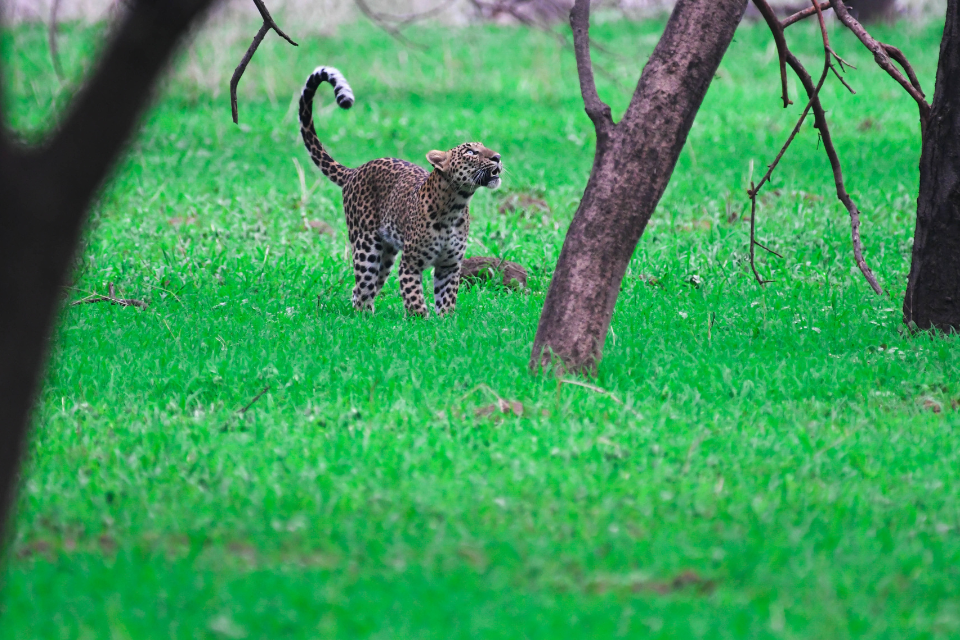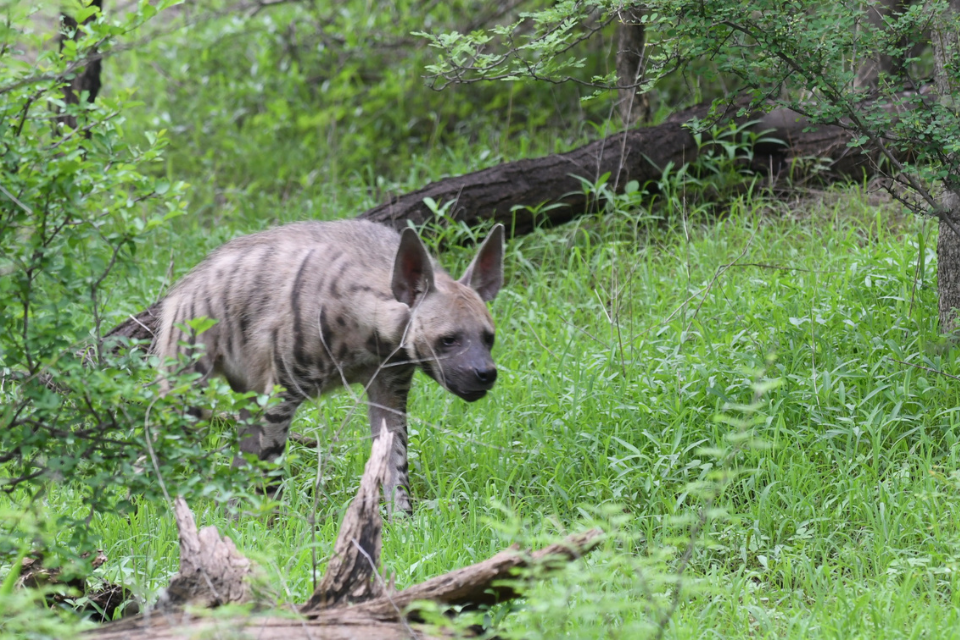- October 17, 2025
Leopard Conservation in an Expanding City: How Jaipur Balances Tourism & Habitat
Introduction: A Big Cat Story in a Big City
At first glance, Jaipur—with its pink facades, bustling bazaars, and ring of expanding suburbs—seems an unlikely home for a thriving population of leopards. Yet within city limits lies Jhalana, a scrub-forest mosaic that became India’s first dedicated leopard reserve in 2017. The designation was more than symbolic; it formalized management tools, tourism rules, and monitoring systems tailored to an apex predator living mere kilometers from residential colonies and glass-fronted IT parks.
This blog explores how Jaipur balances tourism and habitat in an urban setting: what it means to protect leopards in a city, how corridors keep genetics flowing, why carrying capacity matters for both cats and people, and how community engagement turns neighbors into guardians. If you’re researching “leopard conservation Jaipur” or the broader idea of an “urban leopard reserve India”, consider this your field guide to the strategies, trade-offs, and lessons that Jhalana continues to offer.
Jhalana’s Origin Story: Why 2017 Mattered
Before 2017, Jhalana was already whispered among naturalists as a pocket of dry deciduous forest that regularly produced leopard sightings. The 2017 declaration as a dedicated leopard reserve did three crucial things:
- Recognition of an Urban Reality: It acknowledged that Indian big cats aren’t limited to remote wilderness; they are adapting to the edges and inside our cities.
- Clarity in Governance: It gave managers a mandate and framework for zoning, patrolling, visitor regulation, and scientific monitoring catered specifically to leopard ecology.
- Tourism with Guardrails: It formalized safari routes, vehicle limits, and codes of conduct—an essential step to reduce stress on cats while supporting guided nature-based experiences.
In short, 2017 turned a “good idea” into policy and practice, balancing people’s desire to see wildlife with the species’ need for space, prey, and quiet.
Urban Leopard Ecology 101: Why Jhalana Works
Leopards are famously adaptable. They tolerate fragmented habitats, use cover at odd hours, and are opportunistic hunters—traits that help them persist in city-adjacent scrublands where prey like nilgai, wild boar, hare, and peafowl are available. Jhalana’s habitat mix—rocky outcrops, ravines, Prosopis and Acacia scrub, and seasonal nalas—creates micro‐refugia and vantage points, while dense thickets give elusive cats the confidence to move during daylight when human traffic is predictable and contained to routes.
Three ecological features make Jhalana particularly resilient:
- Edge Tolerance: Leopards can live along edges if day-time disturbance is low in core patches and night-time noise/light is managed in buffer zones.
- Prey Base in a Patchwork: Urban peripheries often host prey that thrive in human-modified landscapes; managing these populations ethically is as important as managing the predator.
Connectivity Potential: Although urban roads and buildings fragment habitat, corridors—even narrow, well-sited ones—allow dispersal and gene flow.
Corridors: The Arteries of an Urban Reserve
In standard wilderness landscapes, corridors link protected areas over tens or hundreds of kilometers. In Jaipur, corridor planning is finer-grained and politically complex:
- Micro-Corridors & Stepping Stones: Small riparian strips, contiguous scrub patches, and institutional campuses with tree cover can act as stepping stones between Jhalana and other green pockets. The goal is functional connectivity rather than wide, continuous forest.
- Mitigating Fragmentation: Underpasses, culverts, and overpasses at choke points help wildlife cross busy roads. In an urban context, even timed lighting, quiet hours, or vegetation screens along key stretches can reduce disturbance during peak movement windows.
- Zoning & Land-Use Controls: Integrating corridor layers into master plans and building bylaws—for example, minimum green buffers or fencing standards—keeps future options open for animals that still need to move.
Tourism That Doesn’t Tip the Scales: Understanding Carrying Capacity
Carrying capacity in wildlife tourism isn’t only about “how many jeeps per day.” In a compact urban reserve like Jhalana, managers look at multiple layers:
- Ecological Capacity: Are denning females, preferred hunting areas, and crucial water points buffered from noise and crowding? Are temporal restrictions (e.g., no vehicles during sensitive hours) aligned with cat behavior?
- Spatial Capacity: Are routes one-way or zoned to avoid convergence on a single hotspot? Are there seasonal closures for habitat recovery?
- Social Capacity: How do visitors perceive the experience? Crowding can cause risky behavior—off-road driving, noise, chasing—which in turn stresses wildlife and degrades safety.
- Managerial Capacity: Do staff, guides, and enforcement systems have the bandwidth to maintain high compliance?
Practical tools that help Jhalana-style parks stay balanced:
- Timed Entry & Dynamic Quotas: Adjust vehicle numbers by season and sensitivity (e.g., reduce traffic around den sites).
- Route Rotation: Stagger pressure across multiple circuits; temporarily close hotspots after heavy use.
- Guide & Driver Certification: Annual refreshers on ethics, animal behavior, first aid, and conflict protocols.
Visitor Communication: Crisp briefings, “quiet zones,” and a zero-tolerance policy for violations.
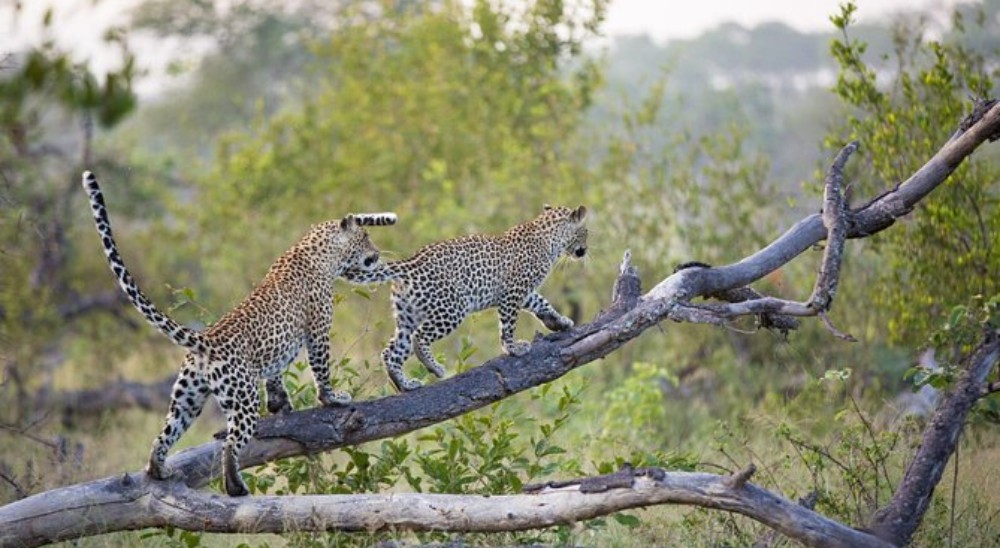
Community Engagement: From Fence Lines to First Responders
Leopards don’t read maps. Their movement inevitably overlaps with human routines—milk routes at dawn, temple visits at dusk, stray dog clusters at night. That’s why community engagement is the fulcrum of any urban leopard plan:
- Rapid Response Networks: A 24/7 hotline connecting forest staff, local ward volunteers, and veterinarians can de-escalate encounters quickly.
- Conflict-Proofing Neighborhoods: Secure livestock enclosures, manage organic waste that attracts prey (and, therefore, predators), and sterilize/monitor free-ranging dog populations humanely.
- Compensation & Transparency: If livestock loss occurs, fast, fair payouts and clear procedures maintain trust.
- Citizen Science: Camera-trap “adopt-a-site,” report-a-sighting apps, and school-based nature clubs build a constituency for leopards.
- Cultural Messaging: From Ganesh Chaturthi pandals to resident welfare associations (RWAs), co-created posters and street plays spread how to behave if you see a leopard—stay calm, give space, no flash.
Science & Monitoring: Seeing Without Disturbing
Urban reserves thrive on data-informed decisions. A Jhalana-style program usually mixes:
- Camera Traps: Placed on trails, culverts, and water points to estimate individuals and activity patterns with minimal disturbance.
- Non-Invasive Genetics: Scat sampling to track relatedness and movement.
- Acoustic & Light Monitoring: Mapping night-time noise and luminance to understand disturbance footprints.
- GIS Dashboards: Real-time overlays for sightings, patrol tracks, vehicle routes, and corridor pinch points.
- Health Surveillance: Routine checks for canine distemper, mange, and vector-borne diseases at the wildlife–dog interface.
The mantra is “monitor what matters.” In an urban context, that includes not just cats but traffic intensity, festival calendars, construction hotspots, and waste nodes—all of which influence leopard behavior.
Policy Levers: Making Space for a Predator in Master Plans
Cities shape wildlife futures through zoning, bylaws, and incentives as much as through forest notifications. For Jaipur, key policy levers include:
- Green-Buffer Mandates along streams and minor nalas that double as stealth corridors.
- Wildlife-Compatible Fencing standards that keep livestock safe without creating lethal traps for wildlife.
- Dark-Sky Principles—downward-facing, timed lights in buffer edges to preserve nocturnal movement.
- Environmental Impact Assessments (EIA) that actually model animal movement and cumulative impacts at the urban fringe.
Incentives for Private Green: Tax rebates or recognition for institutions and RWAs that maintain contiguous green cover and adopt wildlife-friendly practices.
Visitor Ethics: A Better Safari in a Smaller Space
If you plan to visit Jhalana (or any urban leopard reserve in India), follow this code of conduct:
- Book official safaris; never attempt off-trail exploration.
- Keep voices low, phones on silent, and no flash.
- Accept no-sighting days as part of ethical wildlife watching.
- Tip certified guides; support operators who follow strict route discipline.
- Share habitat-first photos—show the landscape, not just tight portraits—to normalize respectful distances.
These simple choices collectively reduce stress on leopards and amplify the conservation value of your visit.
What Success Looks Like (and What to Watch)
Wins to celebrate:
- Regular leopard presence within city limits without persistent conflict.
- Predictable, quality sightings from regulated routes—enough to sustain local livelihoods.
- Community pride—from school posters to citizen reports that prevent escalation.
- Corridor safeguards embedded in city planning documents, not just wildlife plans.
Risks to manage:
- Encroachment on buffer patches and noisy edge development.
- Unmanaged dog populations increasing disease spillover risk.
- Social media pressure for close encounters leading to bad onsite behavior.
- Complacency—when things go well, vigilance can slip.
A mature program celebrates wins without loosening the rules that enabled them.
Frequently Asked Questions (FAQ)
1) Why is Jhalana called India’s first dedicated urban leopard reserve?
In 2017, Jaipur recognized Jhalana as a leopard-focused reserve—the first to formalize management and tourism rules around an urban leopard population. The year matters because it marked a policy shift from “leopards incidentally present” to “leopards intentionally protected” within a city.
2) Is Jhalana safe to visit for families and first-time wildlife watchers?
Yes—when you book official safaris, follow guide instructions, and respect route and noise rules. The reserve is designed for predictable, low-impact visits.
3) What is a wildlife corridor and why does Jaipur need one?
A corridor is a movement pathway—sometimes narrow or seasonal—that allows leopards and other wildlife to travel between habitat patches, find mates, and maintain genetic health. In a city, corridors can be riparian strips, scrub belts, culverts, and green campuses aligned in sequence.
4) How many vehicles are allowed per safari in Jhalana?
Vehicle limits and timings can be updated by managers to reflect seasonal sensitivities. Check the latest official guidance when booking and support caps—they protect your experience and the animals.
5) What should residents do if they see a leopard near their neighborhood?
Stay calm, keep distance, move people indoors, and call the official helpline. Avoid crowds, selfies, drones, or chasing; these escalate risk for everyone, including the leopard.
6) Does tourism really help conservation here?
When regulated—yes. Visitor fees, local guide livelihoods, and positive public attention create incentives to keep habitat intact, fund monitoring, and maintain rapid-response systems.
Closing: A Model for India’s Growing Cities
Jhalana proves that cities can be conservation actors, not just threats. By managing tourism within carrying capacity, guarding corridors in urban plans, investing in community partnerships, and building a data-rich monitoring system, Jaipur shows how to keep leopards on the landscape without turning neighborhoods into frontlines.
For planners, naturalists, and travelers, the message is simple: if a big cat can coexist with a big city, it’s because the city chose to make room. Jhalana’s blueprint—equal parts science, policy, and people—can guide urban conservation elsewhere in India.
Disclaimer
This article is intended for educational purposes. Operational rules, entry quotas, timings, and management practices may change. Always check official booking portals or forest department notices for the latest guidance. Wildlife behavior is unpredictable—follow all instructions from authorized guides and staff.
Disclaimer All images used in this blog are either sourced from public domain or credited to their respective owners. If you are the copyright holder of any image and wish to request its removal or proper attribution, please contact us at [email protected]
